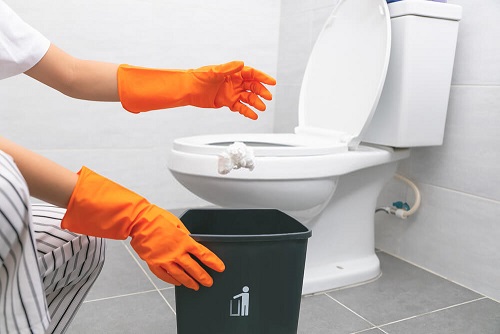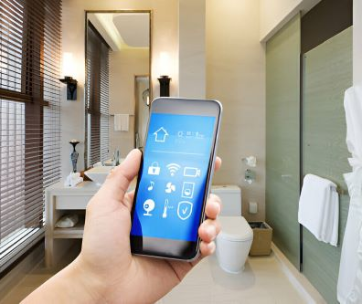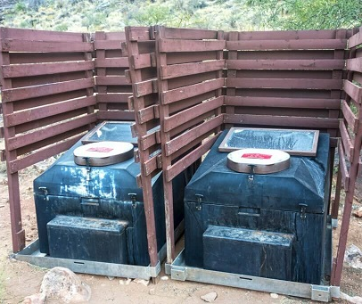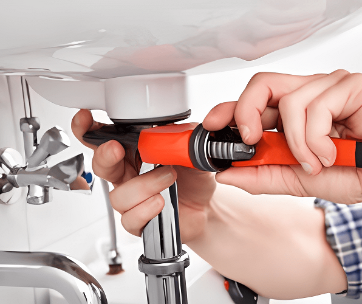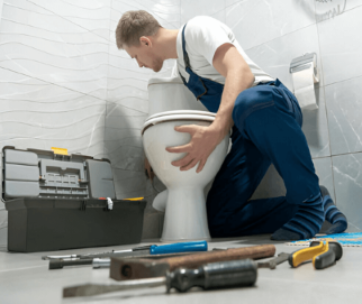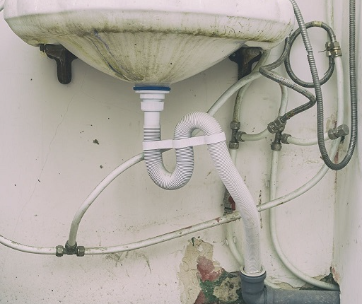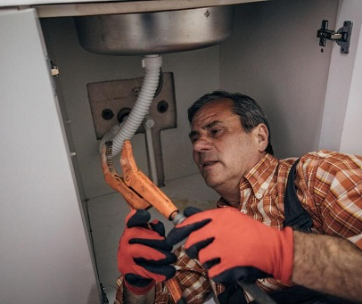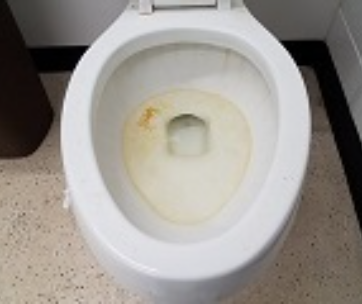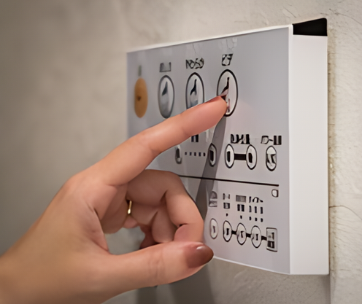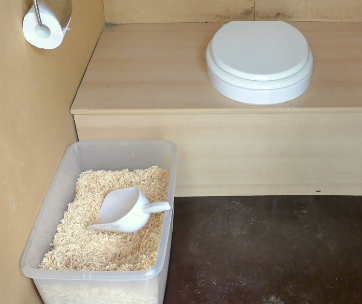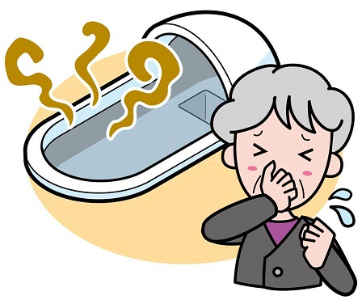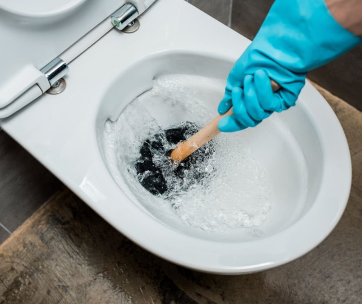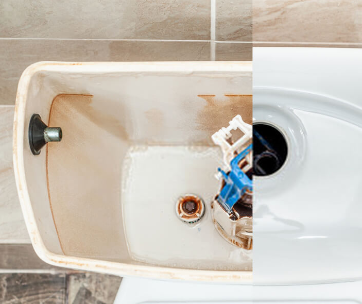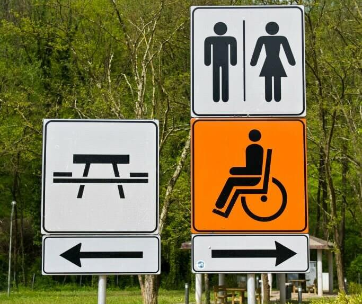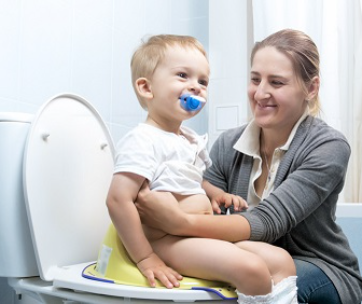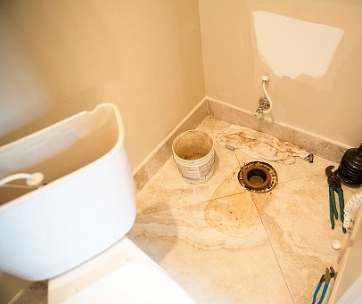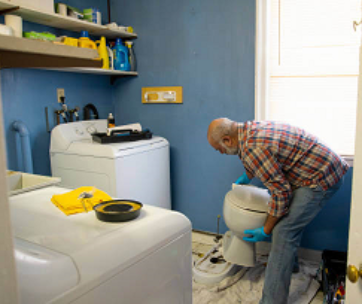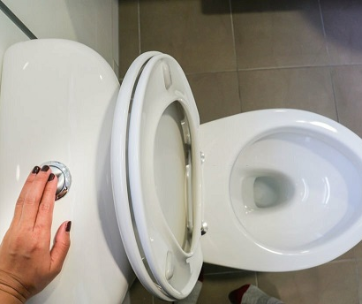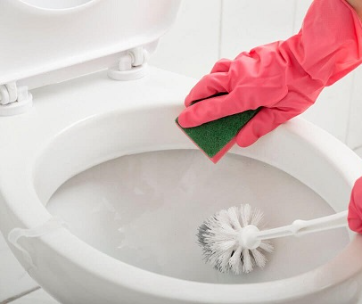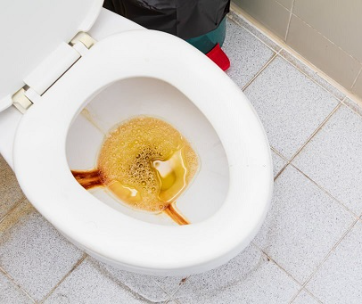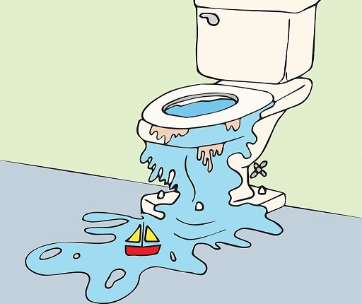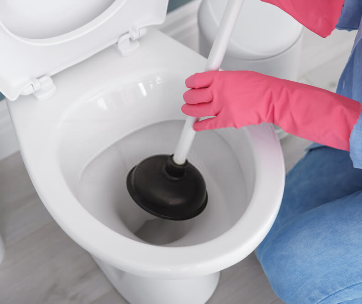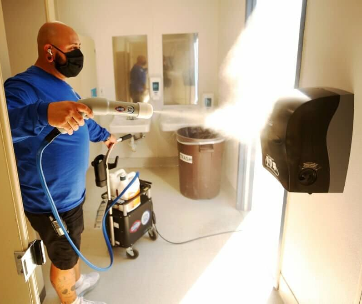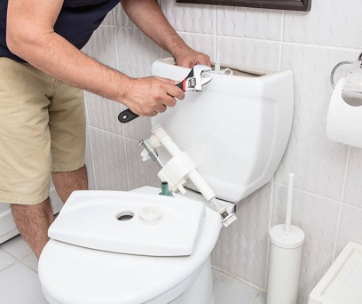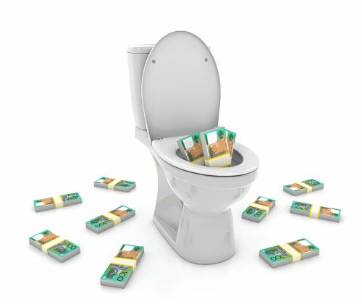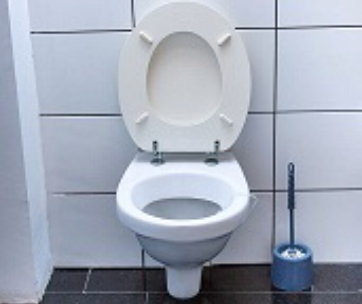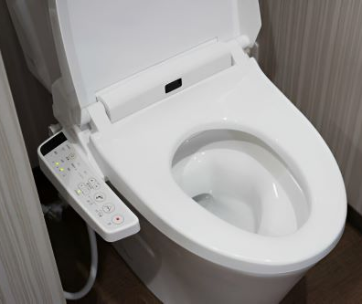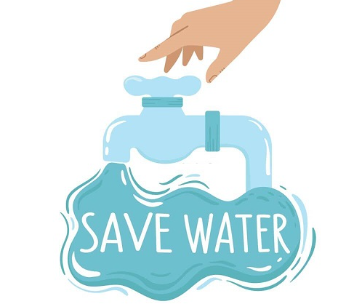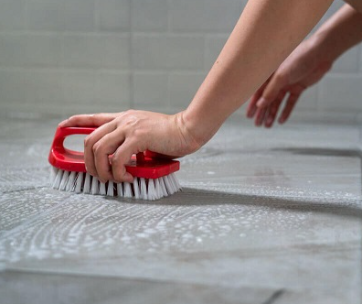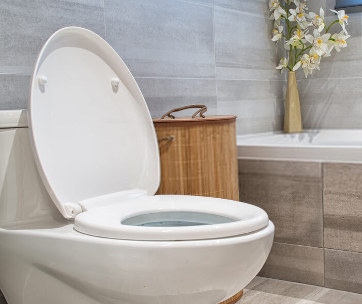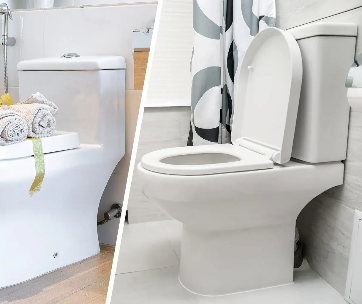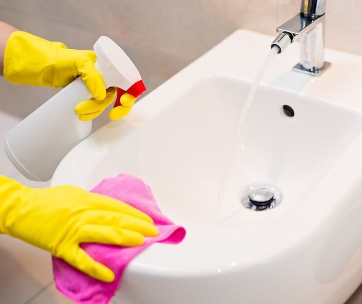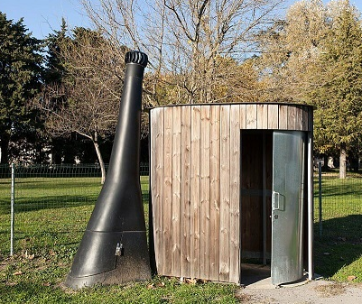How To Maintain Toilet Hygiene and Reduce Infections
Do we all agree that good hygiene matters in ensuring sound health? Clearly, for our information, Toilets are common transmission vector of infectious diseases ranging from skin diseases to Uterine Tract Infections. When they are not properly maintained they ultimately result to environmental contamination. Human health should always be a priority in every household and this can be achieved by mainly maintaining very high standards of toilet hygiene. Precisely, Practice proper cleanliness habits in our toilets to ensure that it is safe for use not only by us but for others too.
Are you too curious to know the simple steps that you can use to maintain toilet hygiene and reduce infections? Well, here are clearly stipulated methods on how to maintain toilet hygiene and reduce infections and will perfectly and undoubtedly work for you:
1.Shutting of The Toilet Lid Before Flashing
Based on scientific research, flushing of the toilet without shutting of the lid can lead to release of the germs upto 15 inches above the toilet seat which can even spread to other surfaces like the floor. When these surfaces are touched by the bare and unprotected hands, germs can be transferred to your hands and without washing them after a restful visit leads to contamination of your food and besides, one can touch his or her body parts including the face with the contaminated hands leading penetration of germs into the body system through the volatile body openings such as eyes, nose, among others.
We therefore conclude that shutting of the toilet lid before flushing helps to prevent spreading of germs hence low exposure to harmful germs.
2.Regular Cleaning Of The Toilets
Now what makes our Toilets unhygienic? Left out stains on the toilet, unhygienic disposal of used toilet papers, sanitary towels, uncleaned urine drops, poorly flushed bomb of the bowl, splashed water just to mention a few that make our Toilets unattractive for use.
With less effort, we can clean our toilets with exhilaration and make the environment clean and the best for use. This is climacteric to help in lowering the risk exposure to harmful microbes. Proper cleaning of the toilets should be considered by using proper tools that properly sanitize and sparkle the toilet, among the top of our tools are the toilet and urinal sanitisers as they suitably will help you create a fresh and a sweet-scented fragrant and thus a nice washroom environment.
The design of these system allows it to inject a well measured dose of sanitising fluid that spreads into the flush water to effectively fight any bacteria and clear up any cause of bad odours and unnecessary Toilet stains. The sanitiser can frequently be triggered by each flush or by a set timer, with this we are able to set up standards of cleaning through this, we are definitely able to keep our toilets clean and stain free. To sum it all, toilet sanitizer enhances protection against build up of harmful bacteria thus helpful in reducing infection.
It’s time to take charge and full responsibility in ensuring every part of this most important room is well groomed.
3.Proper Cleaning of The Toilet Seat
Toilet seats, this is where we get the most comfort during the pooping experience. It is therefore vital to ensure its hygiene is Top notch. How do we do it? This can mainly be done using a toilet seat cleaner, with accompanying tolls such as mild hand soap and water, ante bacterial dish soap and ante bacterial wipes as an alternative ,It is also advisable to cut a toilet paper then put the toilet seat sanitizer on it then wipe the toilet seat thoroughly, once done and the ring is perfectly dried, it is advisable to cover the Toilet seat with a paper towel . Any of these will definitely preserve the elegance of the Toilet and help to kill germs that is found on the toilet seat hence one is therefore not exposed to toilet germs.
Just as we prioritize cooking materials, a toilet seat cleaner is a necessity in every washroom. In nutshell, the following steps can illustrate steps followed in cleaning of the Toilets;
- Clasp a pair of clean gloves, mild soap, paper towel, and a washing bucket filled with warm water.
- Then put some sweet scented soap in the water and mix it around
- You then Dip your cleaning towel in the water, squeeze to dryness and wipe both sides of the Toilet seat cover.
- Wipe both sides of the ring again
- Remove the Toilet seat and put it aside and thoroughly Clean the space in between the bolts
- Reinstall your toilet seat
With this clear illustration, can we make it a habit to clean the toilet seat before and after using the toilet to reduce infection? Yes, we can make it happen.
4.Good Hand washing Practice
According to Centre for Disease Control and Prevention, thorough washing of hands with antibacterial soap and clean water highly reduce the exposure of the trillion germs to human body. These germs are mainly acquired from touching surfaces within and outside the toilet. Besides, faeces got germs like E.coli and Salmonella which when not thoroughly cleaned can cause a deadly infection which affects the human’s health and causes mental and physical uneasiness . It is therefore advisable to use a soap dispenser as this helps to avoid touching of the surfaces during the washing process. Interestingly enough, soap dispensers are available everywhere in the market today with different colors that suit your toilet designs and available at cheap prices.
Let’s clean our hands after Toilet use in the following bold and simple steps;
- Wet your hands and gently apply enough liquid soap or cleaning detergents of your choice.
- Slowly rub your palms together and ensure that the soap is spread all over the palms.
- Thereafter, rub the Back of your Hands and let the cleaning detergent cover the whole space.
- Germs are prone to entering the spaces between fingers, therefore Interlink Your fingers and ensure they are well cupped.
- Clean the Thumbs thoroughly and rub palms with your fingers.
- Do this preferably with running water
With this steps, our hygiene is guaranteed to these sensitive part of the body.
5.Ensure Your Hands Are Dry Before Leaving The Premise
The importance of good hand hygiene can never be under estimated. And Do you know that damp hands provide a conducive environment for germs to thrive in? According to a scientific research, wet hands spread germs faster compared to dry hands and provide an avenue for viruses to spread thus accounting for more infection. After a thorough washing of hands with soap, using a clean towel as a weapon against viruses such as Covid-19 is pivotal to wiping your hands, the friction during paper towel rubbing reduces germs. What about using your cloth to dry your hands after Toilet visit? NO…NO…NO, cloths maybe dirty and contain disease causing germs and may result to zero work done and may hugely contribute to spread of germs. To make your work easier, you can as well install hand driers if you affordable in order to dry your hands easily and comfortably.
Just to shed more light;
Insights for Drying Hands with Warm Air Driers
Air driers provide one of the most convenient modes of drying hands, we all surely need an easy to do process while using less effort. Definitely, using an air drier takes more time than using paper towels. Warm air dryers require about 47 seconds to achieve 90% dryness, while paper towels can achieve this level in about 10 seconds. consequently, the Centres for Disease Control and Prevention (CDC) recommends that handwashing time is 20 seconds.
It is advisable that when using a warm air dryer, you should keep your hands stationary and should not be rubbed together during the process. This is since it is believed that rubbing your hands together under warm air can help draw bacteria from inside the pores to the surface of the skin and likely to enable the spread of germs within your hands.
Insights for Drying Hands with Paper Towels
Paper towels are also highly recommended for drying of hands. To put this into perspective, friction physically removes microbes and retains them on the paper towel, according to the paper in the Journal of Food Protection. Further recommendation is that the towels should be made primarily from cellulose fibre which are more effective at removing germs than softer paper towels.
To go, one paper towel serves the purpose while using two or more increases chances of being affected.
6.Ensure Toilet Floor Is Dry
We all run away from danger, do we? Yes, wet floor is dangerous not only to our health but cause an individual to slip and fall, stumble, or fall on the ground and result to serious injuries and health complications. Let us figure this out, Scientific research shows that Bacteria requires warm temperatures and moisture to grow, which in a Toilet can be contributed by spilling water. Since micro-organisms grow well in moisture, wet floor escalates the growth and expansion of micro-organisms such as Methicillin-resistant Staphylococcus aureus.
Depending on our different tastes, different cleaning methods are applied on different toilet surfaces and the mode of cleaning should augur well with the type of surface you choose you choose to conduct the dry cleaning on a vacuum cleaner is highly recommended for cleaning textile floors and carpeted surfaces, however it is always not advisable to use electronic cleaning tools in public Toilets as there are chances of cross contamination, as the facility is used from place to place thus likely to facilitate the spread of virus and bacteria from point A to point B.
Bacterial harborage is mainly facilitated by a dumpy floor as a result of the conducive environment necessitated for harmful bacteria to thrive in.The floor should therefore always be kept clean and dried by a mode of choice and Floor mats used to ensure floors are always dry while germ guard mats are also designed to reduce development of germs.
7.Disinfection Of All High Touch Areas
There are several places that one comes in touch with before and after visiting the toilet such as the door handle, toilet handles, among others. Disinfecting such places leads to lower risk of disease infection. We can do this by considering the following;
- Carry hand sanitizer and disinfectant wipes in case facilities lack soap or running water.
- Limit time spent in a public washroom in a single visit (less than 15 minutes).
- Close the toilet lid before flushing; leave restroom stall immediately after flushing.
- Avoid eating, smoking, drinking or using a mobile phone in the restroom stall.
- Maintain physical distance from other users and avoid crowded publish restrooms.
In conclusion, for proper Toilet hygiene, the following is a summary of factors to be considered;
- Clean the Toilet seat before and after using it.
- Avoid touching the toilet seat while sitting.
- Consider improvised brands who have the technique for female urination without sitting on the seat.
- Dispose sanitary waste in a proper way
- Wash your hands properly after using the restroom.
- Flush the Toilet every moment after usage knowing that flushing takes almost 90 percent of infectious organisms.
- Toilet seats should always be cleaned.
- Shut the Toilet lid before flushing.
- Keep the Toilet floor dry and the sink slab dry.
- Have a well-placed dustbin for collecting waste
Your Health is your Wealth and Cleanliness becomes more important when godliness is unlikely. Sanitation and cleanliness are among the humblest of the civic virtues, and it is easy to underestimate their significance. Cleanliness is the scourge of art.

